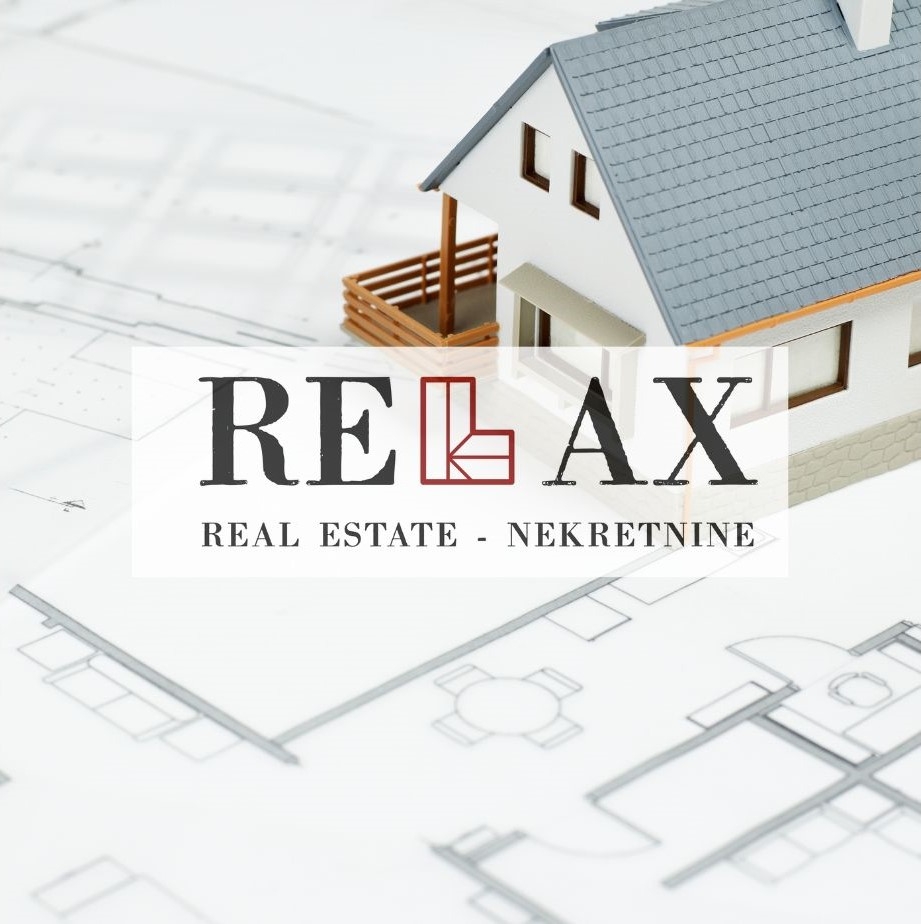
Our real estate properties are no longer just places for sleeping and relaxation but are becoming interactive environments that adapt to our needs and desires. Technological solutions integrated into the architecture and design of real estate create a harmonious blend of functionality and aesthetics.
Therefore, our future in real estate is promising. Technological advancements are continuously changing the way we experience homes, creating space for innovation, sustainability, and comfort. We enjoy the conveniences of smart homes, reduce our ecological footprint through green technology, and live in smart cities surrounded by integrated services. Real estate becomes a platform where technology, people, and the environment meet, creating harmony that goes beyond just a roof over our heads.
In this article, we have highlighted some of the challenges and opportunities related to green technology, smart cities, and the future development of real estate. Through further technological progress and innovation, real estate will continue to be the central place where technology, people, and the environment converge, shaping our future.
Therefore, our future in real estate is promising. Technological advancements are continuously changing the way we experience homes, creating space for innovation, sustainability, and comfort. We enjoy the conveniences of smart homes, reduce our ecological footprint through green technology, and live in smart cities surrounded by integrated services. Real estate becomes a platform where technology, people, and the environment meet, creating harmony that goes beyond just a roof over our heads.
In this article, we have highlighted some of the challenges and opportunities related to green technology, smart cities, and the future development of real estate. Through further technological progress and innovation, real estate will continue to be the central place where technology, people, and the environment converge, shaping our future.
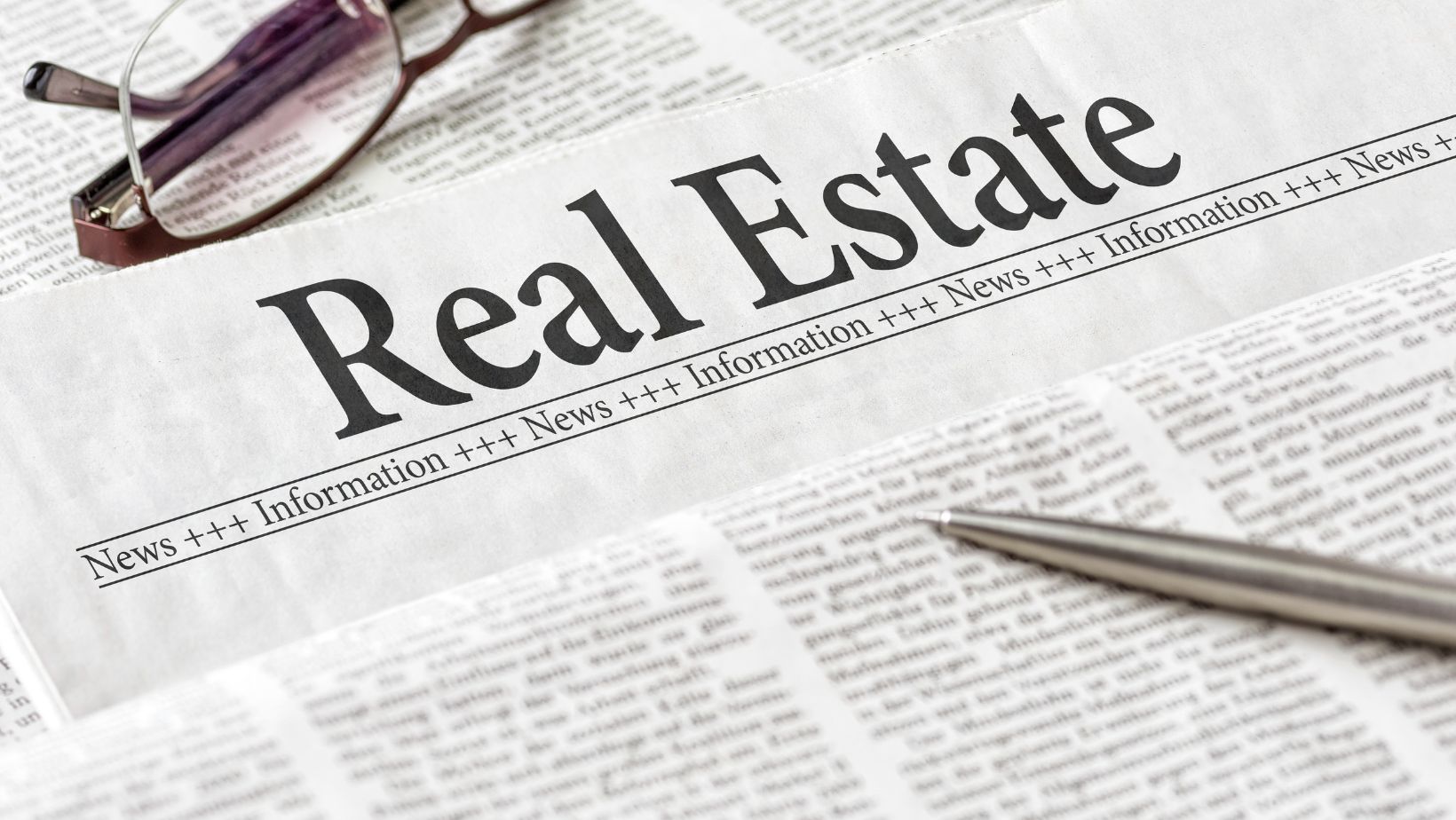
SMART HOMES - A NEW WAY OF LIVING
Smart homes are becoming increasingly prevalent in our surroundings. These technologically advanced constructions combine home systems and networks, allowing us to manage every aspect of our home in a comfortable and intuitive manner. From controlling lighting and temperature to monitoring security systems via smartphones, these homes make our lives more convenient and secure.
In today's increasingly connected world, smart homes are becoming more and more present in our environment. These technologically advanced constructions combine home systems and networks to allow us to manage every aspect of our home in a comfortable and intuitive manner. From controlling lighting and temperature to monitoring security systems via smartphones, smart homes make our lives more convenient and secure.
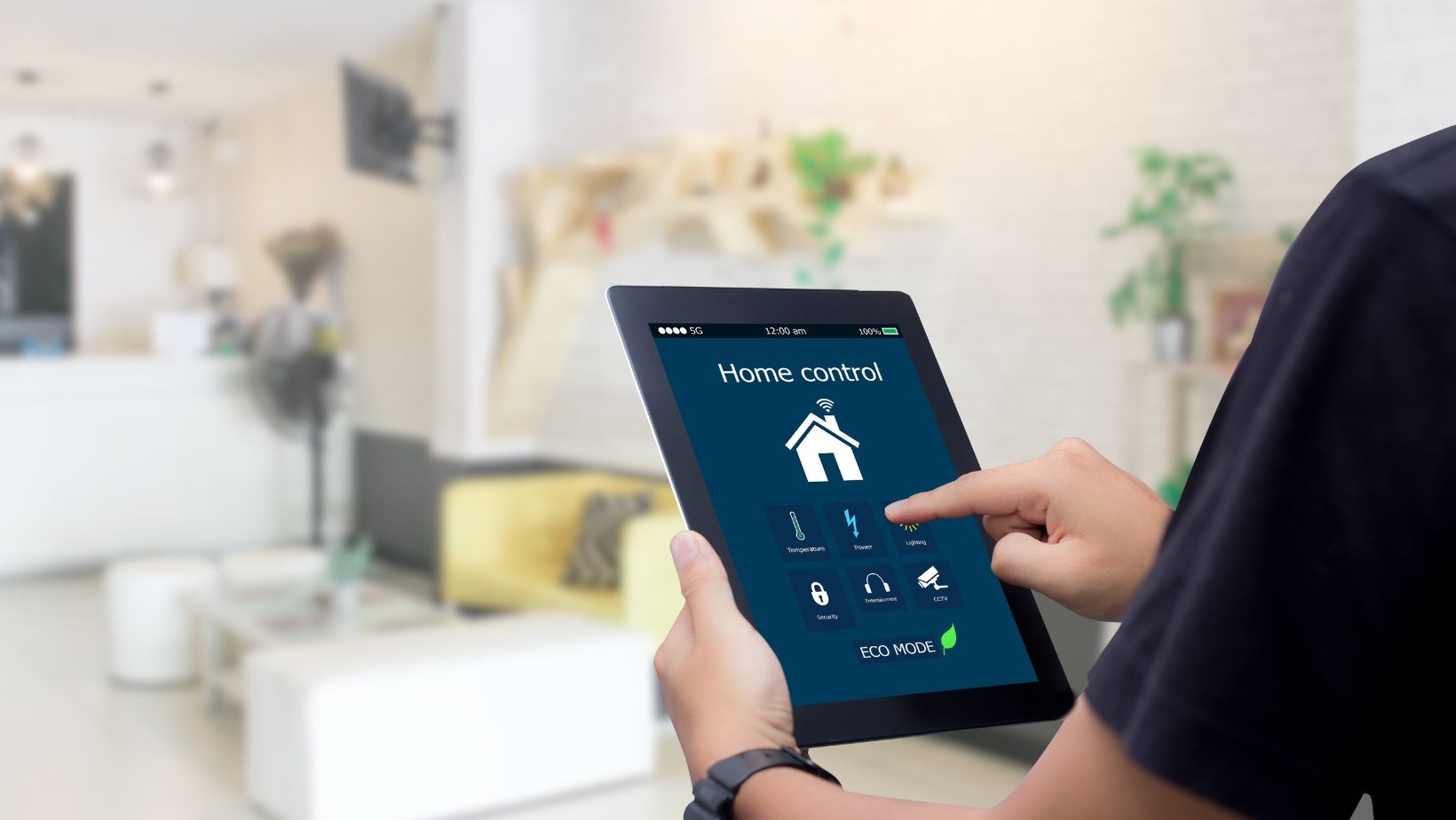
The key advantage of smart homes is their ability to integrate various technological aspects of households to create a unique experience. Using a centralized control system, users can easily manage lighting, thermostats, audio and video systems, and even household appliances, all with the push of a button or via voice commands.
For example, you can set the lighting in your home according to your preferences, creating ambiance for different occasions or moods. You can adjust room temperature to automatically adapt to your preferences, ensuring optimal comfort throughout the day. Even when you're not at home, you can remotely control and adjust settings via your smartphone, making your home always adaptable to your needs.
Security is another important aspect of smart homes. Surveillance systems allow you to monitor your home through security cameras connected to your smartphones or computers. You can receive real-time notifications and alerts, whether it's about movement around the house or irregularities in the security system. This provides an additional sense of security and peace of mind.
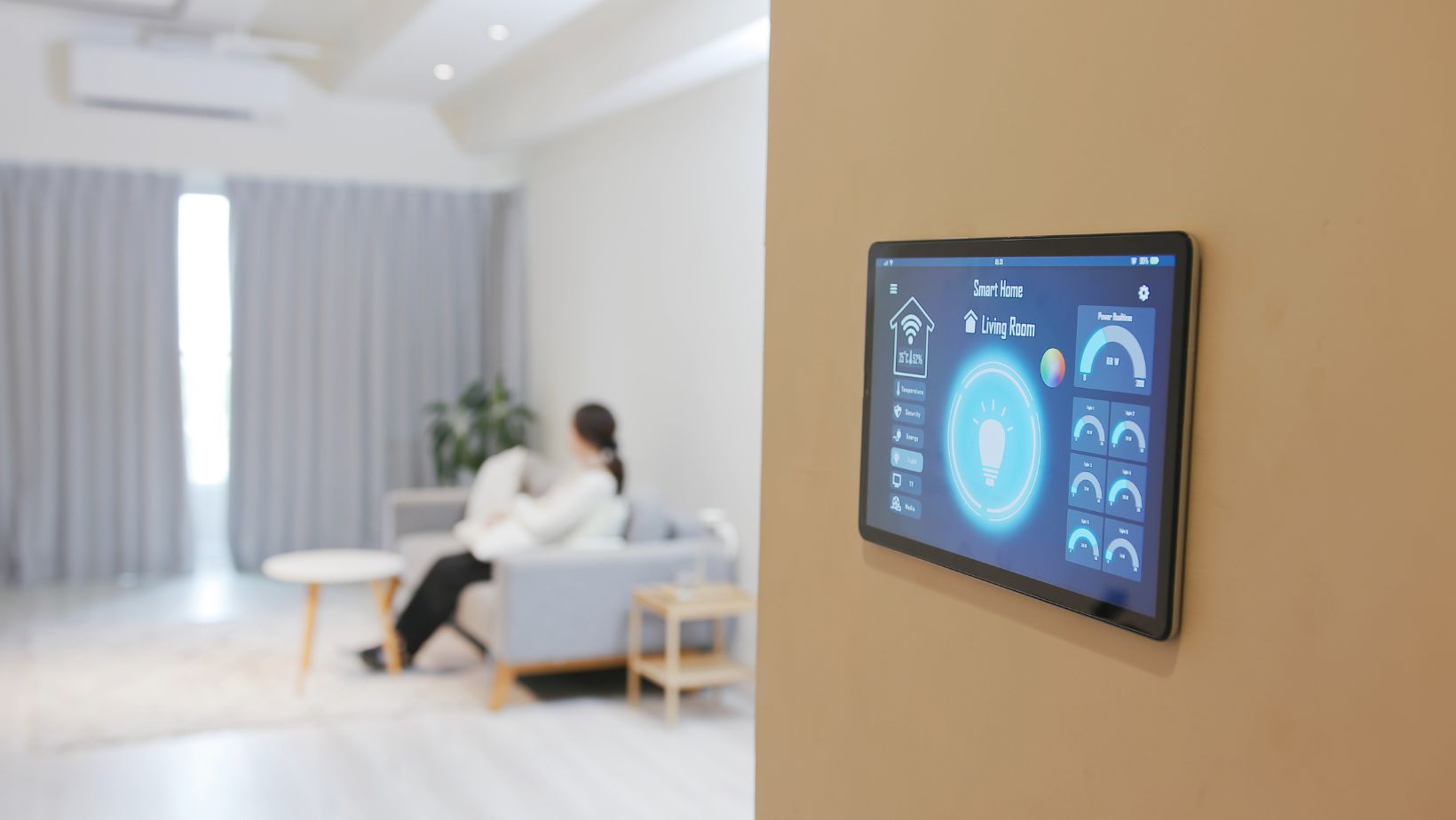
Smart homes also facilitate energy management and reducing energy consumption. For instance, you can program thermostats to automatically lower the temperature when you leave home and then raise it before you return, saving energy and money. Additionally, smart outlets allow remote control of electrical devices and reduce unnecessary energy consumption.
As technology continues to advance, smart homes become even more sophisticated. Artificial intelligence and machine learning contribute to automating routine tasks and learning your habits and preferences, adapting to your lifestyle. This allows smart homes to become smarter, anticipate your needs, and provide a personalized experience.
In today's increasingly connected world, smart homes are becoming more and more present in our environment. These technologically advanced constructions combine home systems and networks to allow us to manage every aspect of our home in a comfortable and intuitive manner. From controlling lighting and temperature to monitoring security systems via smartphones, smart homes make our lives more convenient and secure.

The key advantage of smart homes is their ability to integrate various technological aspects of households to create a unique experience. Using a centralized control system, users can easily manage lighting, thermostats, audio and video systems, and even household appliances, all with the push of a button or via voice commands.
For example, you can set the lighting in your home according to your preferences, creating ambiance for different occasions or moods. You can adjust room temperature to automatically adapt to your preferences, ensuring optimal comfort throughout the day. Even when you're not at home, you can remotely control and adjust settings via your smartphone, making your home always adaptable to your needs.
Security is another important aspect of smart homes. Surveillance systems allow you to monitor your home through security cameras connected to your smartphones or computers. You can receive real-time notifications and alerts, whether it's about movement around the house or irregularities in the security system. This provides an additional sense of security and peace of mind.

Smart homes also facilitate energy management and reducing energy consumption. For instance, you can program thermostats to automatically lower the temperature when you leave home and then raise it before you return, saving energy and money. Additionally, smart outlets allow remote control of electrical devices and reduce unnecessary energy consumption.
As technology continues to advance, smart homes become even more sophisticated. Artificial intelligence and machine learning contribute to automating routine tasks and learning your habits and preferences, adapting to your lifestyle. This allows smart homes to become smarter, anticipate your needs, and provide a personalized experience.
GREEN TECHNOLOGY - SUSTAINABILITY IN ACTION
There is a growing awareness of environmental protection that encourages us to seek sustainable ways of living. When it comes to homes, technology plays a crucial role in achieving that goal. Solar panels, rainwater harvesting systems, energy-efficient appliances, and self-sustaining energy-producing walls are becoming standard elements of modern homes. These green technological advancements not only reduce our impact on the environment but also save energy and reduce maintenance costs.
One of the most significant examples of green technology in homes is solar panels. These panels use solar energy to produce electricity that powers household appliances and systems. Using solar energy as a source of electricity reduces our dependence on fossil fuels and reduces greenhouse gas emissions. Moreover, solar panels can significantly lower energy costs over time, improving the financial sustainability of homes.
Another key green technology is rainwater harvesting systems. This system collects and stores rainwater that can be used for garden irrigation, vehicle washing, or even household use. Using rainwater reduces the consumption of potable water and ensures sustainable resource use.
In previous blog posts, we have already discussed the benefits of solar panels and environmentally responsible living spaces.
One of the most significant examples of green technology in homes is solar panels. These panels use solar energy to produce electricity that powers household appliances and systems. Using solar energy as a source of electricity reduces our dependence on fossil fuels and reduces greenhouse gas emissions. Moreover, solar panels can significantly lower energy costs over time, improving the financial sustainability of homes.
Another key green technology is rainwater harvesting systems. This system collects and stores rainwater that can be used for garden irrigation, vehicle washing, or even household use. Using rainwater reduces the consumption of potable water and ensures sustainable resource use.
In previous blog posts, we have already discussed the benefits of solar panels and environmentally responsible living spaces.
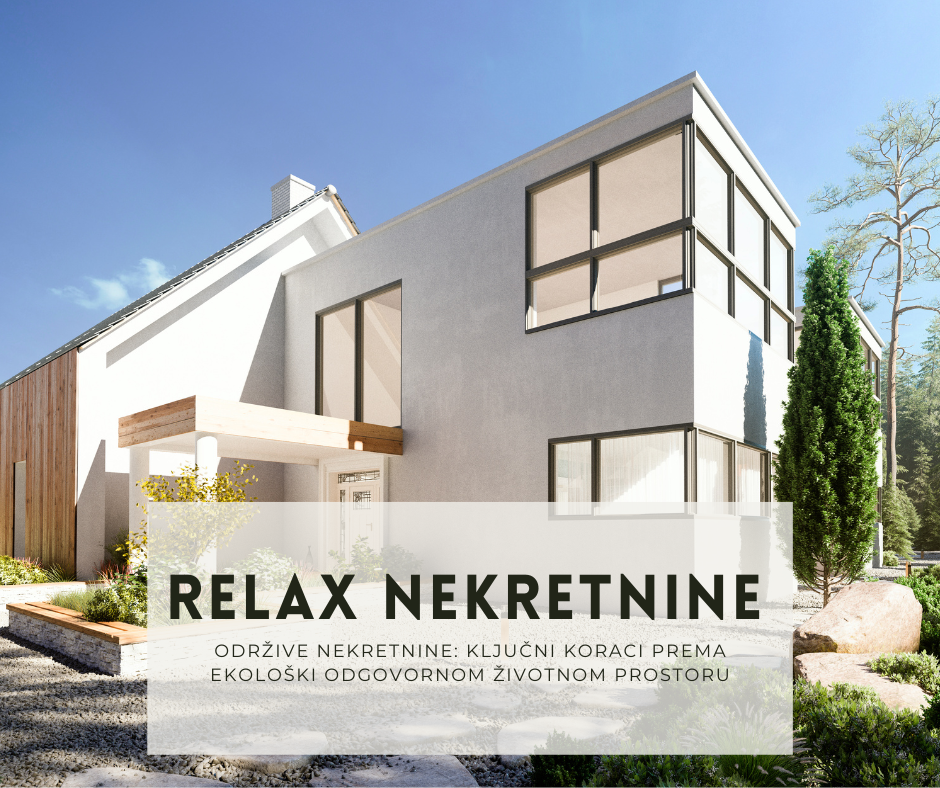
SPATIAL PLANNING - SMART CITIES OF THE FUTURE
Technology not only impacts our homes but also the way cities are planned and organized. Smart cities use sensors and data to optimize infrastructure, transportation systems, and public services. These integrated systems enable better resource management, reduced congestion, and an improvement in the quality of life for citizens. With advances in artificial intelligence and device connectivity, future cities are becoming smarter, more efficient, and sustainable.
One of the key aspects of smart cities is the use of sensors and data to gather information about various aspects of the city. These sensors can monitor traffic, air quality, noise, energy consumption, and many other factors that affect the quality of life. The collected data is used for analysis and optimization of urban infrastructure.
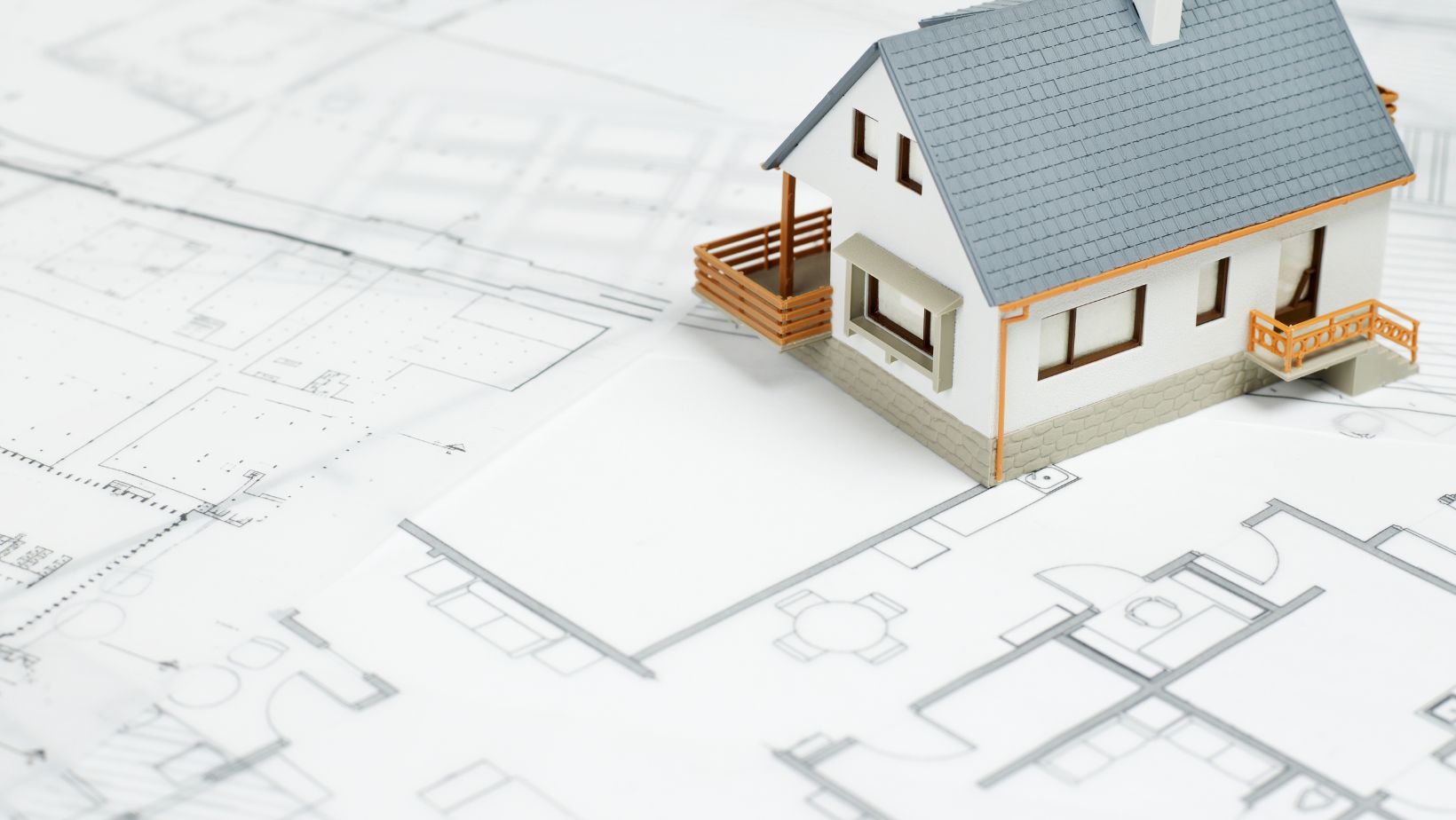
The application of artificial intelligence allows smart cities to predict and respond to changes in traffic, energy consumption, and other areas. For example, traffic management systems can adjust traffic lights based on real demand, reducing congestion and optimizing vehicle flow. Additionally, energy management systems can analyze consumption data to identify ways to reduce usage and increase energy efficiency.
Smart cities also offer improved public services to citizens. For example, integrating sensors into waste collection systems enables more efficient garbage collection, reducing unnecessary truck trips and greenhouse gas emissions. Additionally, digital services such as smart parking, public transportation, or city management apps make daily life easier for citizens and contribute to their satisfaction with urban infrastructure.
Smart cities also provide opportunities for more sustainable development. Integration of renewable energy sources, such as solar panels on buildings or wind turbines, reduces dependence on fossil fuels and contributes to reducing greenhouse gas emissions. Additionally, green spaces, bike lanes, and pedestrian zones promote sustainable mobility and a healthier way of life.
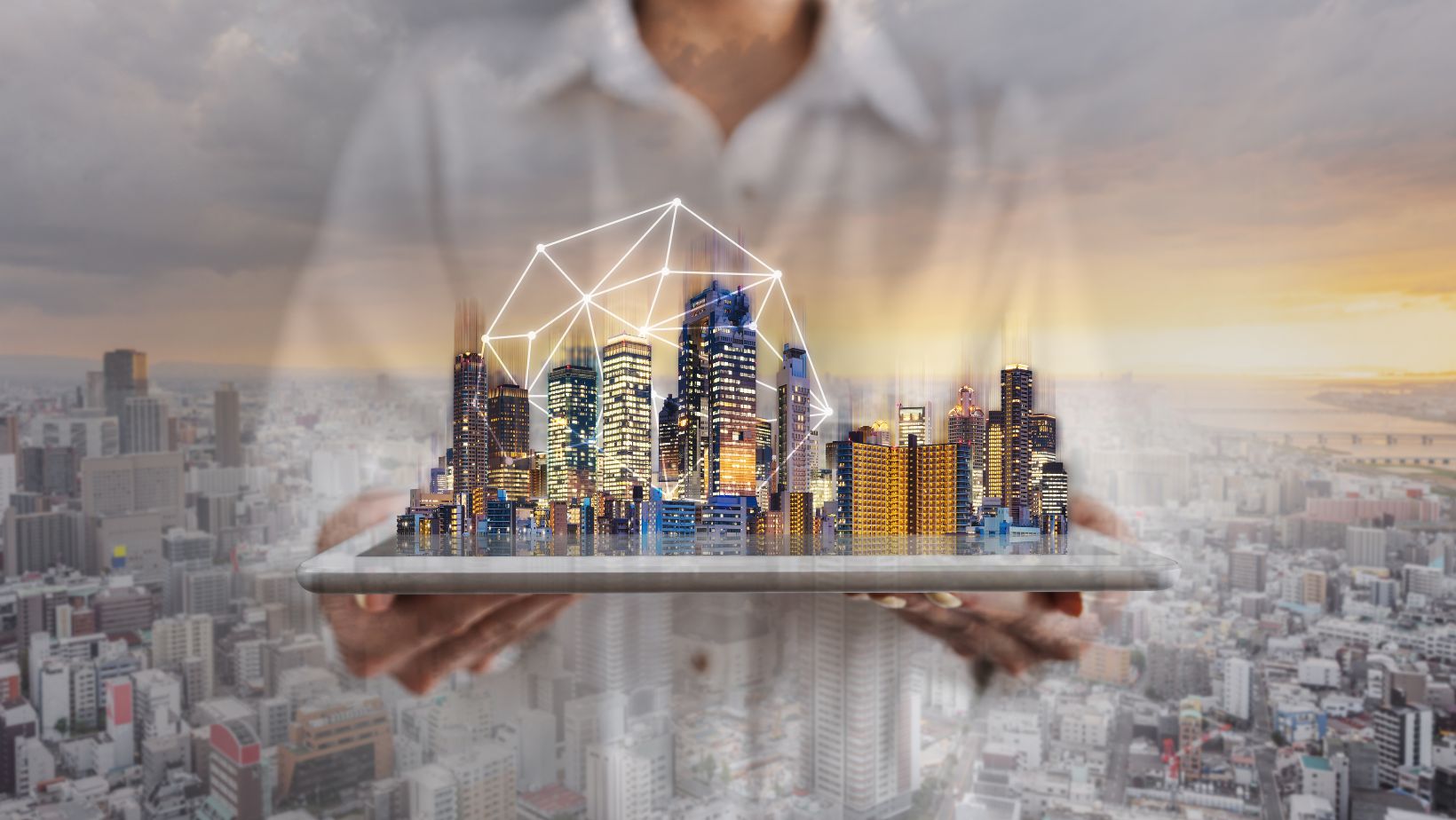
Smart cities are not just a concept of the future; they are already a reality in many parts of the world. Examples like Singapore, Copenhagen, and Barcelona have already implemented advanced city management systems and serve as role models for other cities. Through continuous technological advancement and collaboration between government, citizens, and the private sector, smart cities are elevating the quality of life to a new level.
In the future, we can expect technological advances and innovations in spatial planning to continue. Greater data connectivity and analysis, the development of autonomous vehicles, and the expansion of the Internet of Things (IoT) are just some of the trends that will shape the cities of the future. Through technological progress, cities will become even smarter, more sustainable, and more comfortable to live in.
The smart cities of the future provide us with an opportunity to create a more balanced and sustainable world. By integrating technology into spatial planning, cities become tailored to the needs of citizens, promote sustainability, and provide advanced services. Through smart planning, cities become living organisms that continually evolve and adapt to meet the needs of their residents.
One of the key aspects of smart cities is the use of sensors and data to gather information about various aspects of the city. These sensors can monitor traffic, air quality, noise, energy consumption, and many other factors that affect the quality of life. The collected data is used for analysis and optimization of urban infrastructure.

The application of artificial intelligence allows smart cities to predict and respond to changes in traffic, energy consumption, and other areas. For example, traffic management systems can adjust traffic lights based on real demand, reducing congestion and optimizing vehicle flow. Additionally, energy management systems can analyze consumption data to identify ways to reduce usage and increase energy efficiency.
Smart cities also offer improved public services to citizens. For example, integrating sensors into waste collection systems enables more efficient garbage collection, reducing unnecessary truck trips and greenhouse gas emissions. Additionally, digital services such as smart parking, public transportation, or city management apps make daily life easier for citizens and contribute to their satisfaction with urban infrastructure.
Smart cities also provide opportunities for more sustainable development. Integration of renewable energy sources, such as solar panels on buildings or wind turbines, reduces dependence on fossil fuels and contributes to reducing greenhouse gas emissions. Additionally, green spaces, bike lanes, and pedestrian zones promote sustainable mobility and a healthier way of life.

Smart cities are not just a concept of the future; they are already a reality in many parts of the world. Examples like Singapore, Copenhagen, and Barcelona have already implemented advanced city management systems and serve as role models for other cities. Through continuous technological advancement and collaboration between government, citizens, and the private sector, smart cities are elevating the quality of life to a new level.
In the future, we can expect technological advances and innovations in spatial planning to continue. Greater data connectivity and analysis, the development of autonomous vehicles, and the expansion of the Internet of Things (IoT) are just some of the trends that will shape the cities of the future. Through technological progress, cities will become even smarter, more sustainable, and more comfortable to live in.
The smart cities of the future provide us with an opportunity to create a more balanced and sustainable world. By integrating technology into spatial planning, cities become tailored to the needs of citizens, promote sustainability, and provide advanced services. Through smart planning, cities become living organisms that continually evolve and adapt to meet the needs of their residents.
FUTURE REAL ESTATE DEVELOPMENT - TECHNOLOGICAL CHALLENGES AND OPPORTUNITIES
In the rapid advancement of technology, real estate faces new challenges and incredible opportunities. With the development of virtual reality, artificial intelligence, and the Internet of Things, we can envision a future where technology becomes even more integrated into our homes, providing personalized services.
One of the main opportunities is the use of smart assistants in our homes. Artificial intelligence enables us to communicate with smart assistants, which can recognize our voice commands, provide information, or manage various systems in our homes. Imagine a home where you can simply say, "Smart assistant, turn on the lights and play my favorite music," and they will do it immediately, creating the comfortable atmosphere you love.
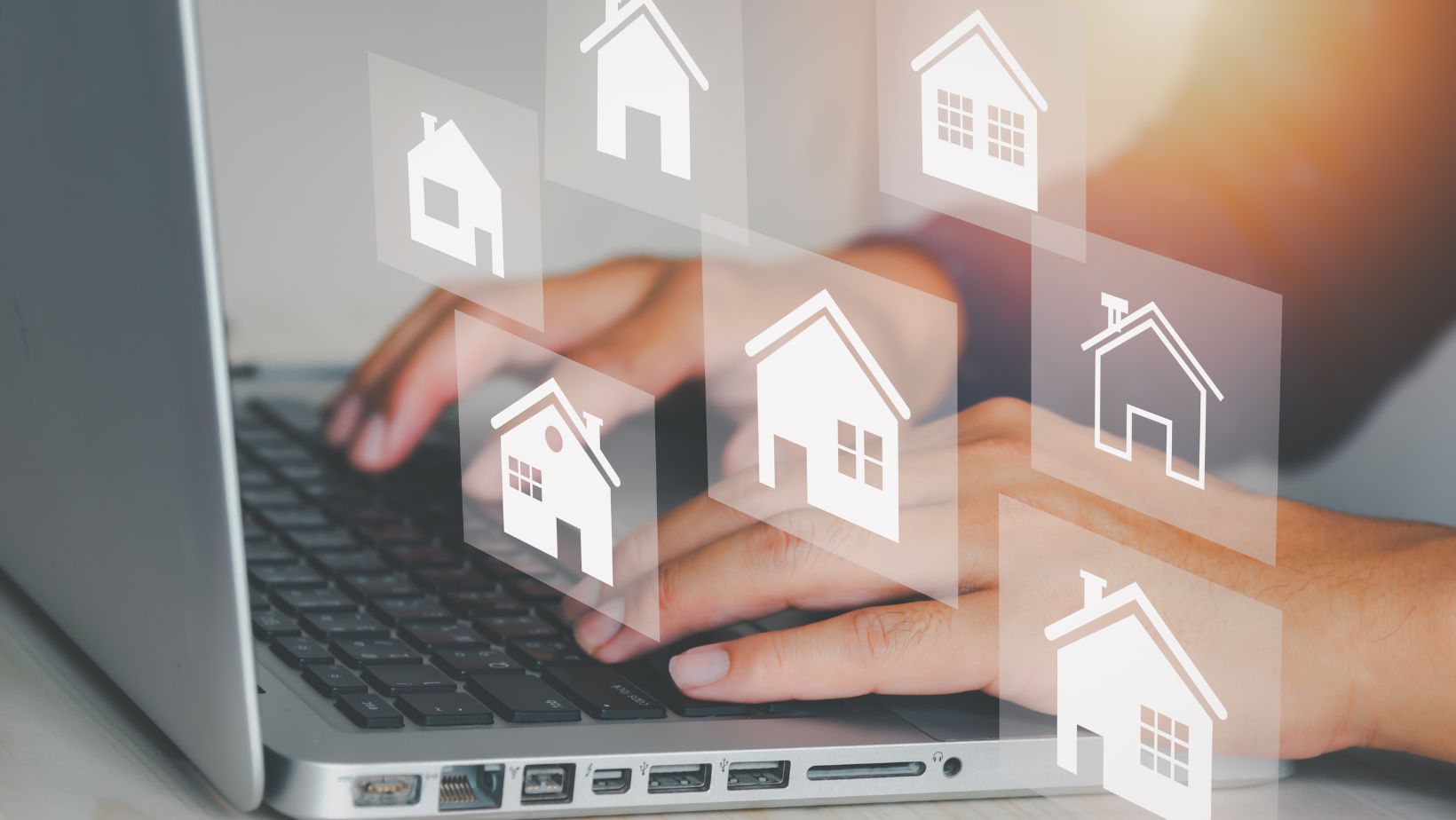
The integration of the Internet of Things allows our homes to connect with various smart devices. Imagine your refrigerator automatically ordering fresh groceries when needed or your washing machine starting when electricity consumption is at its lowest. By connecting different devices, homes become more efficient and comfortable.
One challenge that arises with the development of technology in real estate is the increasing complexity of integrating different systems. To ensure smooth operation, it's important that all technological components are compatible with each other and can be easily connected. The challenge lies in harmonizing different manufacturers and standards to ensure that all smart devices in the home work together and provide an optimal user experience.
Another challenge is ensuring privacy and security in smart homes. As more devices connect to the internet, it becomes important to protect the data and information exchanged in the home from unauthorized access. Security protocols and technologies need to be developed to ensure that smart homes are protected from potential threats.
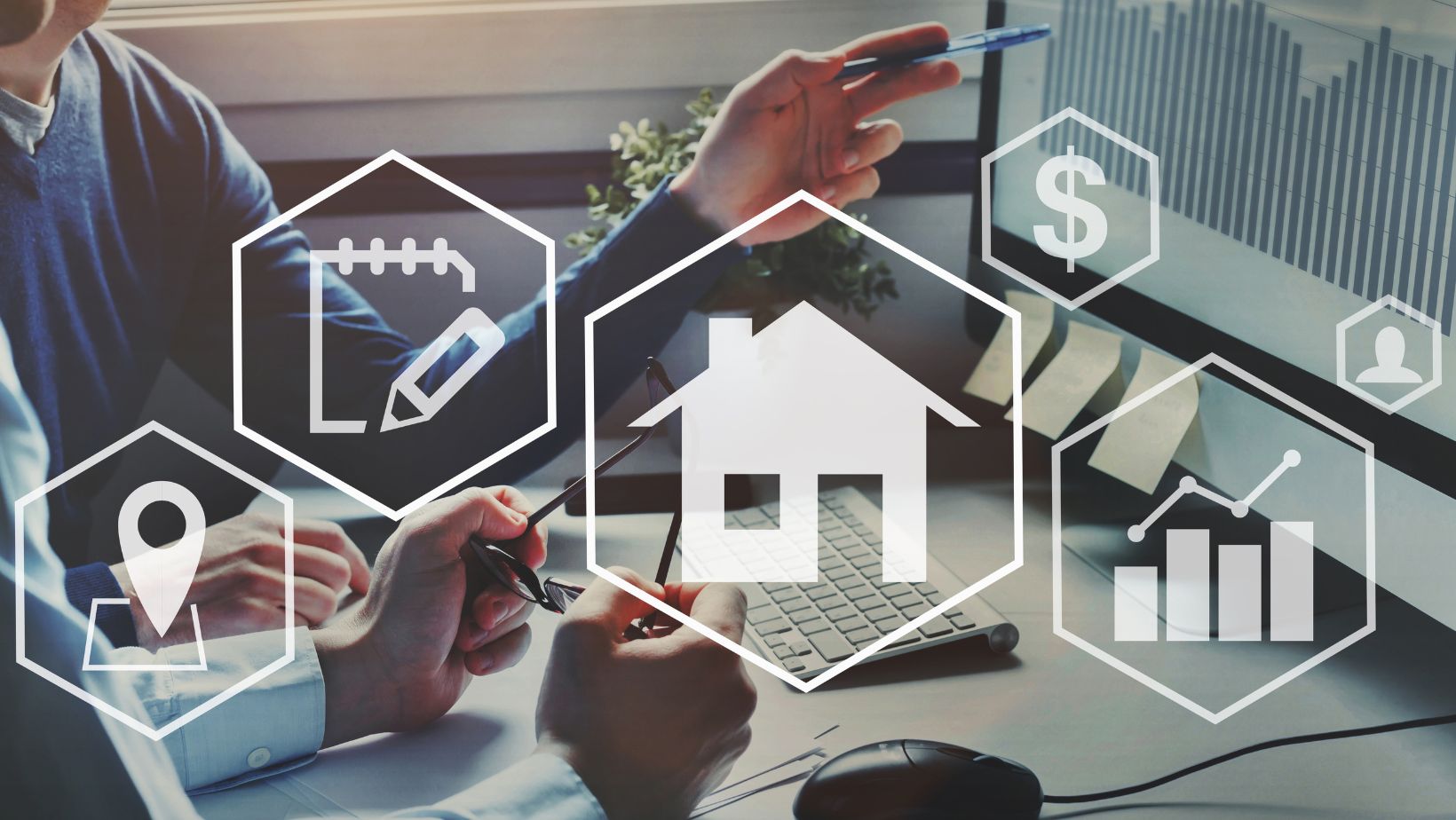
Despite the challenges, the future development of real estate promises exciting possibilities. Technology will allow us to customize our homes to our individual needs, creating spaces that are functional, comfortable, and efficient. Smart homes will enhance our quality of life, giving us greater control and convenience.
Considering technological innovations as a driver of change, the future of real estate leads us toward smart, sustainable, and connected homes. These will be homes that are more than just spaces we live in; they will become places that support us, inspire us, and adapt to our needs.
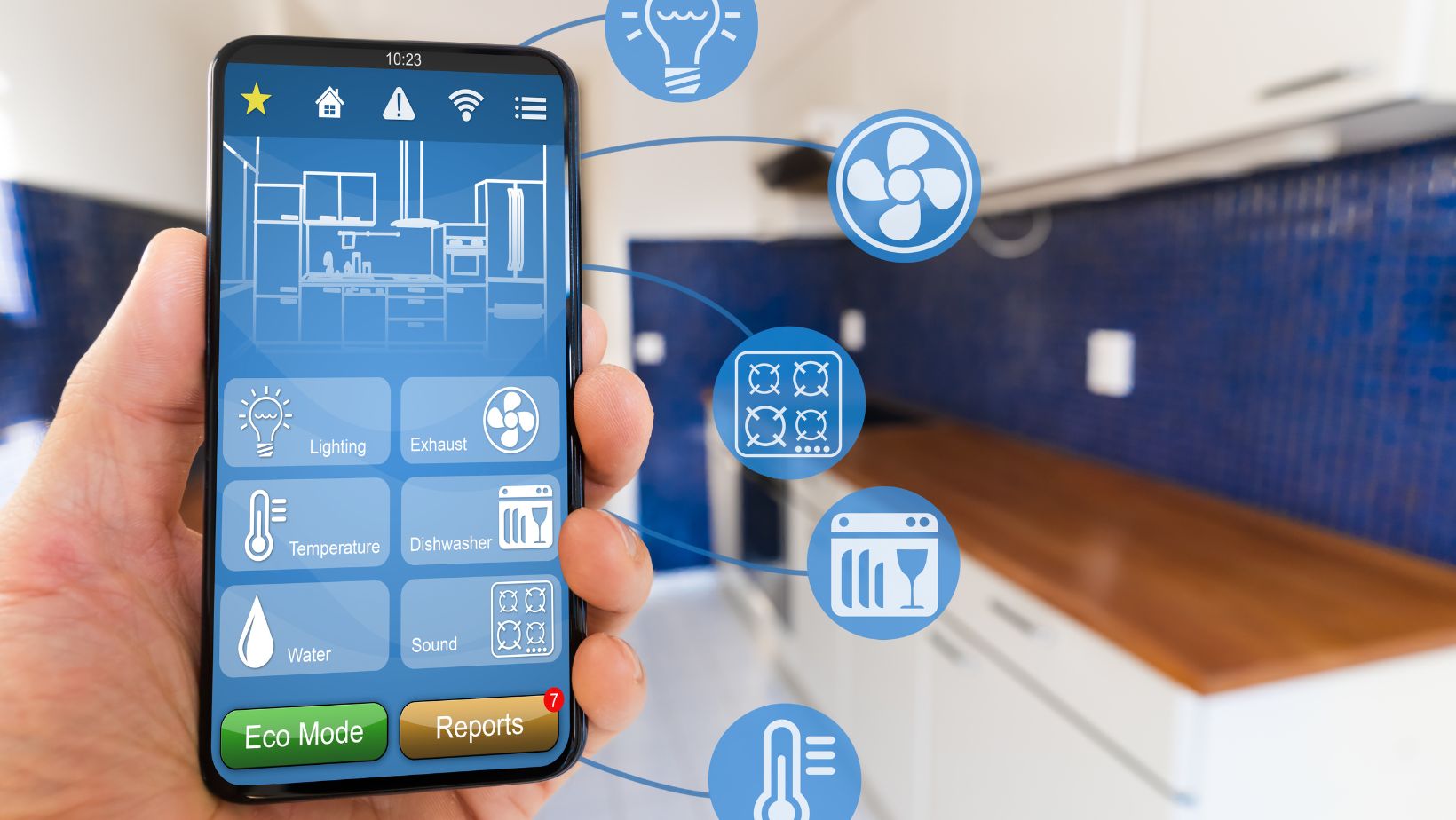
As we approach this future, it's important to be aware of all the possibilities and challenges that technology brings. It's necessary to carefully adapt our homes to new technologies to achieve a balance between comfort, security, and privacy.
Ultimately, the future development of real estate opens new horizons and lays the foundation for innovation and transformation in our world. As technology continues to advance, real estate will remain a key element of our daily lives, providing us with spaces in which we live, create memories, and pursue our dreams.
So, with the future of real estate ahead of us, we can look forward to new possibilities and adventures that technology brings. Real estate will remain the heart of our lives, and technological progress will give it new meaning and opportunities to create a better, smarter, and more sustainable world for all of us.
One of the main opportunities is the use of smart assistants in our homes. Artificial intelligence enables us to communicate with smart assistants, which can recognize our voice commands, provide information, or manage various systems in our homes. Imagine a home where you can simply say, "Smart assistant, turn on the lights and play my favorite music," and they will do it immediately, creating the comfortable atmosphere you love.

The integration of the Internet of Things allows our homes to connect with various smart devices. Imagine your refrigerator automatically ordering fresh groceries when needed or your washing machine starting when electricity consumption is at its lowest. By connecting different devices, homes become more efficient and comfortable.
One challenge that arises with the development of technology in real estate is the increasing complexity of integrating different systems. To ensure smooth operation, it's important that all technological components are compatible with each other and can be easily connected. The challenge lies in harmonizing different manufacturers and standards to ensure that all smart devices in the home work together and provide an optimal user experience.
Another challenge is ensuring privacy and security in smart homes. As more devices connect to the internet, it becomes important to protect the data and information exchanged in the home from unauthorized access. Security protocols and technologies need to be developed to ensure that smart homes are protected from potential threats.

Despite the challenges, the future development of real estate promises exciting possibilities. Technology will allow us to customize our homes to our individual needs, creating spaces that are functional, comfortable, and efficient. Smart homes will enhance our quality of life, giving us greater control and convenience.
Considering technological innovations as a driver of change, the future of real estate leads us toward smart, sustainable, and connected homes. These will be homes that are more than just spaces we live in; they will become places that support us, inspire us, and adapt to our needs.

As we approach this future, it's important to be aware of all the possibilities and challenges that technology brings. It's necessary to carefully adapt our homes to new technologies to achieve a balance between comfort, security, and privacy.
Ultimately, the future development of real estate opens new horizons and lays the foundation for innovation and transformation in our world. As technology continues to advance, real estate will remain a key element of our daily lives, providing us with spaces in which we live, create memories, and pursue our dreams.
So, with the future of real estate ahead of us, we can look forward to new possibilities and adventures that technology brings. Real estate will remain the heart of our lives, and technological progress will give it new meaning and opportunities to create a better, smarter, and more sustainable world for all of us.
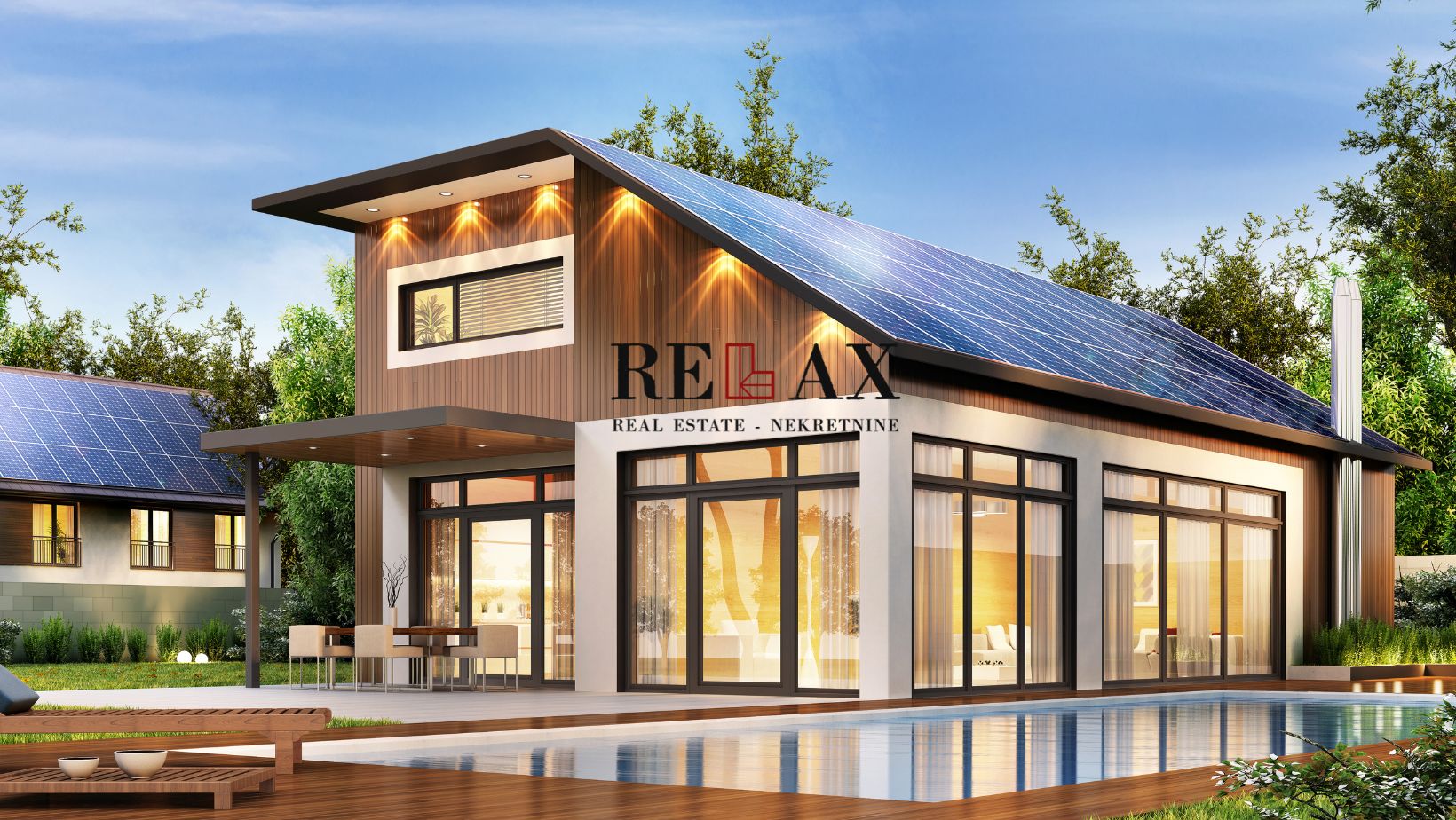
Copyright © 2024. Relax real estate, All rights reserved
Web by: NEON STUDIO Powered by: NEKRETNINE1.PRO
This website uses cookies and similar technologies to give you the very best user experience, including to personalise advertising and content. By clicking 'Accept', you accept all cookies.
